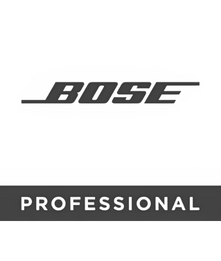What is eCommerce?
eCommerce SEO is the strategy applied to businesses with products that fit into a category hierarchy, have facets, and whose product display pages fit standard eCommerce needs categories.
To an SEO expert, eCommerce SEO is a lot broader than you may imagine. It’s not just for websites that sell goods online. It’s not just the Amazon model.

ECOMMERCE SERVICES
B2B ECOMMERCE SEO
Let us help you connect with your target audience through precise SEO.
Building a competitive B2B eCommerce presence requires specialized SEO strategies tailored to industry demands. B2B audiences are harder to find and harder to isolate. You need to take great care in your SEO approach to find them.
B2C ECOMMERCE SEO
For B2C brands, search visibility is paramount. You’re building a brand, and we want to help. We ensure that your products reach your target customers, helping you boost conversions and brand awareness through an SEO approach tailored for B2C success.
ENTERPRISE ECOMMERCE SEO
Our enterprise eCommerce SEO services support large-scale sites and complex architectures, helping leading brands stay competitive, improve search presence, and achieve measurable growth.
What kind of tactics are used in eCommerce SEO?
Automotive brands like BMW are an interesting example of odd-balls that definitely do fit into this category, and hopefully talking about why that is will help you understand eCommerce SEO and its tactics a bit better.
- BMW has a clear, Categorized structure of product. Most people think of cars first with regards to their chassis type. In passing you’d more likely say, “I drive a sedan” or “I drive a van.”
- Cars have Facets or elements that distinguish them and drive individual demand. I may be looking for not only a sedan but a “compact” sedan. You might be looking for a “mid-sized” sedan, and only one from “2017” that is also “hybrid.”
- BMW users want to see Specifications, Reviews, and Additional Information on Product Display Pages (PDPs). If you had to determine the quality of a car sales page, you’d be looking for pretty standard features such as specifications, reviews, pricing guides, sizing guides, warranty periods, and other useful tidbits of information.
BMW fits the eCommerce definition. Cars can be structured into a Category hierarchy, they have Facets, and their Product Display Pages fit standard eCommerce needs.
Of course, BMW’s sales model passes the responsibility of actually selling cars to its dealerships, and their websites don’t capture or pass leads properly. Not using eCommerce SEO tactics has is why you’ll never find BMW–in the USA or Canada–ranking well for any of its key terms like “luxury sedan.”
Imagine how dominant they would be if they just slightly tweaked their thinking.

Our Clients
We have worked with businesses of all scales across many different industries, focusing on measurable success and driving revenue. Ask us what we’ve achieved lately with some of Canada’s biggest brands.








